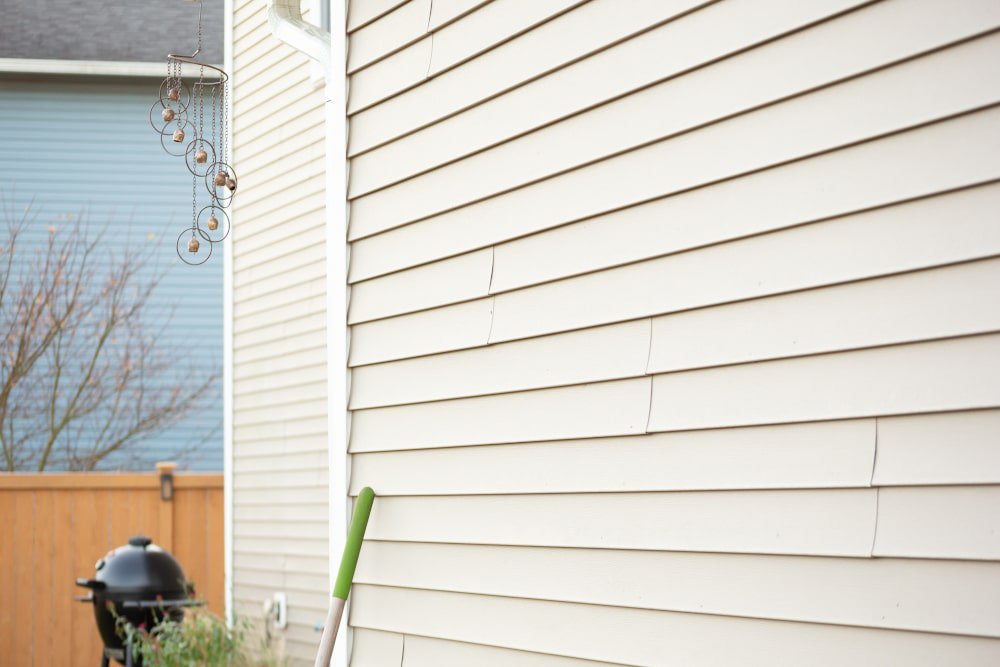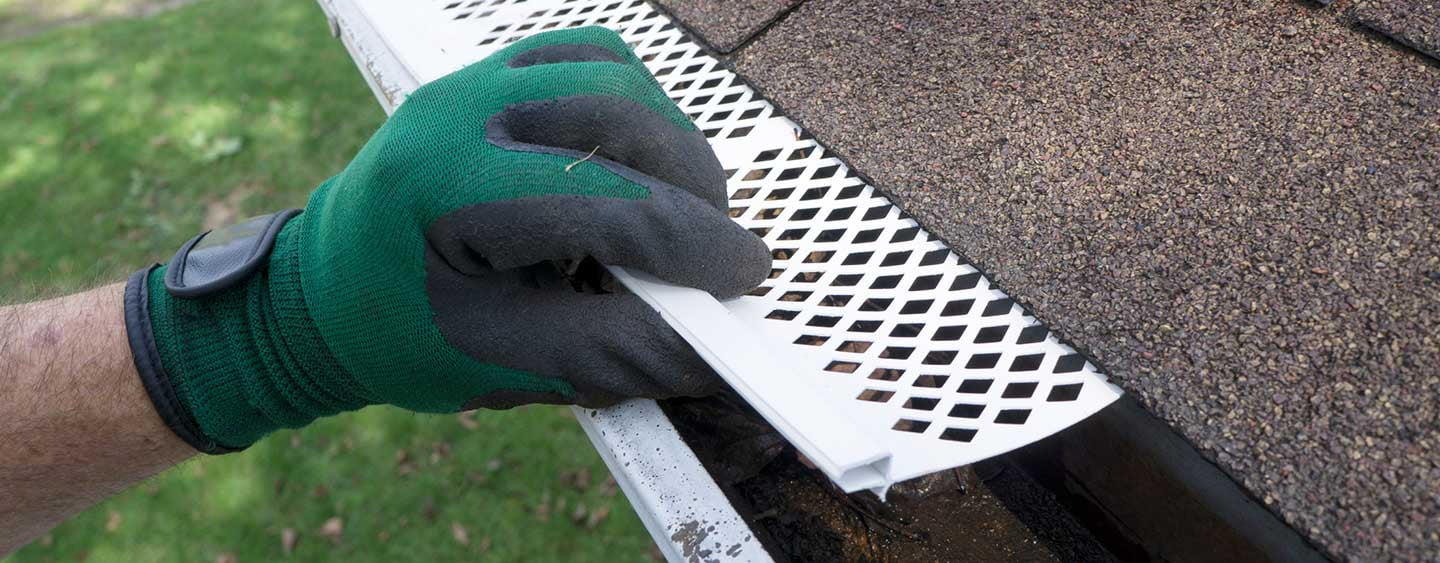
Siding is an important aspect of your home’s exterior cladding, as it provides protection from the elements while enhancing visual appeal. As such, a key concern for many homeowners is how well their siding will be able to hold up over time.
Siding can be prone to fading or discolouration over time due to exposure to sunlight, temperature changes, and other environmental factors. Therefore, understanding the potential effects of exposure on each type of siding can help you make an informed decision about which choice will best suit your home.
What Causes Siding to Fade?
Siding provides an attractive, durable façade for your home, and protects it from weathering. Despite its longevity, however, siding may fade over time due to various factors such as UV radiation, air pollution, and moisture damage.
UV rays are one of the most common causes of fading in siding materials. These rays break down organic compounds found in paint or stain that give siding its colour. Airborne pollutants, such as soot, can also cause discolouration, as they adhere to its surface over time and degrade it further when exposed to sun or rain.
Moisture buildup behind siding panels can also lead to warping and mould growth, which can both contribute to fading by creating pathways through which sunlight enters more freely.
How to Repair & Prevent Faded Siding
It's important for you as a homeowner to understand how to repair and prevent your home’s exterior siding from fading in order to keep it looking as vibrant as possible over the years.
In general, fading tends to occur due to sun exposure, which causes the pigment on the siding panels to break down over time. Most types of siding are not immune from this effect, and need regular maintenance in order to stay looking their best. Fortunately, there are solutions available that will help restore faded siding back to its original lustre.
Repairing faded siding involves either repainting or sealing the material with special coating products designed specifically for siding restoration. This process should only be done by an experienced siding professional who knows how to properly apply these products without damaging the underlying surface.
Additionally, applying a protective sealant regularly can help reduce further damage caused by UV rays, wind, rain, and other environmental factors.
What to Consider When Choosing Your Siding
When renovating, it’s important to pick a siding for your home that will protect it and stand up to the elements over time; your siding should also be aesthetically pleasing, as well as durable and long-lasting, as selecting the wrong material could mean costly repairs down the road.
When choosing your siding material, keep in mind:
- Durability: can it withstand harsh weather conditions?
- Maintenance: how much upkeep does it require?
- Cost: what is your budget for the installation and future repairs?
When evaluating different materials for siding, research their properties and compare them with your needs. Certain types may offer greater protection from moisture or heat, while others may need more frequent cleaning or painting than other options.
Additionally, consider factors such as ease of installation and availability in your area in order to get an accurate view of all available options.
How Long Does Siding Typically Last?
The lifespan of most types of siding varies depending on the material used. For example, wood siding may last 10-20 years, while vinyl or aluminum siding could have a lifespan of 25-50 years in optimal conditions. In addition, fibre cement siding has been known to last up to 50 years before needing repairs or replacement.
Maintenance practices also play an important role in preserving the life of any kind of siding; regular cleaning and inspection can help avoid damage from weathering effects that lead to premature fading and decay over time.
Therefore, homeowners should research the different types of siding materials available for their homes, as well as their expected lifespans, before making the choice of which one to invest in. This means seeking advice from knowledgeable professionals who specialize in installation and reparation services related to exterior building materials, such as siding.
What Type of Paint Should Be Used for Siding?
When it comes to paint, it pays off to invest in high-quality products such as those specifically designed for exterior siding. In addition to providing protection from UV rays, these paints are formulated with binders that aid the adhesion process and lock in colour even after numerous washings, ensuring long-lasting vibrancy without any signs of fading or cracking.
Furthermore, certain types of exterior paint offer mildew resistance and increased flexibility, which makes them suitable for climates with large temperature fluctuations.
In order to guarantee quality results when painting siding prone to fading, homeowners should opt for water-based acrylic latex paints instead of oil-based ones, as they are easier to apply and clean up. Additionally, some brands come fortified with additional features, such as mould and mildew fighters that can help preserve their beauty over an extended period.
Ultimately, the fading of your exterior siding is an unavoidable part of owning and maintaining a home. Though it may be impossible to completely prevent the effects of aging, there are steps that can be taken to minimize the damage and extend the life of your siding.
At Custom Contracting, we understand just how much the right type of siding can matter for your home’s visual appeal and performance. Contact one of our professionals today to find the perfect siding for your home that will last you as long as you need!





